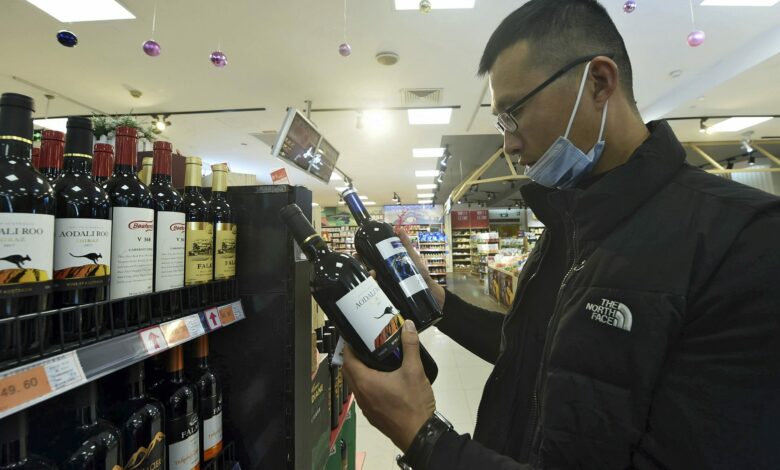China slaps more taxes on Australian wine amid tension

China‘s government on Thursday slapped more taxes on wine from Australia, stepping up pressure in a bitter diplomatic conflict over the coronavirus, territorial disputes and other irritants.
China, Australia’s biggest export market, already has blocked imports of its wine, barley, beef and other goods since the Australian government expressed support for a probe into the origin of the coronavirus pandemic that began in China last December.
The Chinese Ministry of Commerce said an investigation begun in August concluded Australia improperly subsidizes wine exports, hurting Chinese producers. The ministry said importers will be required to pay a deposit of 6.3 per cent to 6.4 percent, effective Friday, pending a final ruling.
That is on top of taxes of more than 200 per cent imposed earlier on Australian wine, which the country’s trade minister said would make it unsellable in China.
China’s foreign ministry has demanded Australia take unspecified steps to repair relations.
Beijing increasingly uses access to its populous market as leverage to extract concessions from its neighbors and increase its strategic influence.
Chinese leaders were irked by Australia’s decision to pursue a mutual defense treaty with Japan, which Beijing sees as a strategic rival, and to join Asian governments and the United States in objecting to China’s claims to most of the South China Sea, one of the world’s busiest trade routes.



